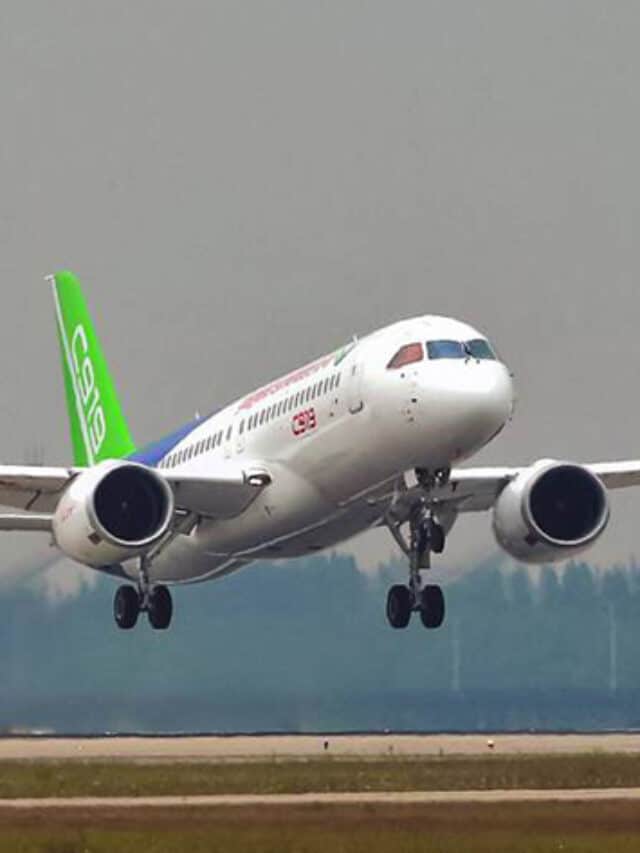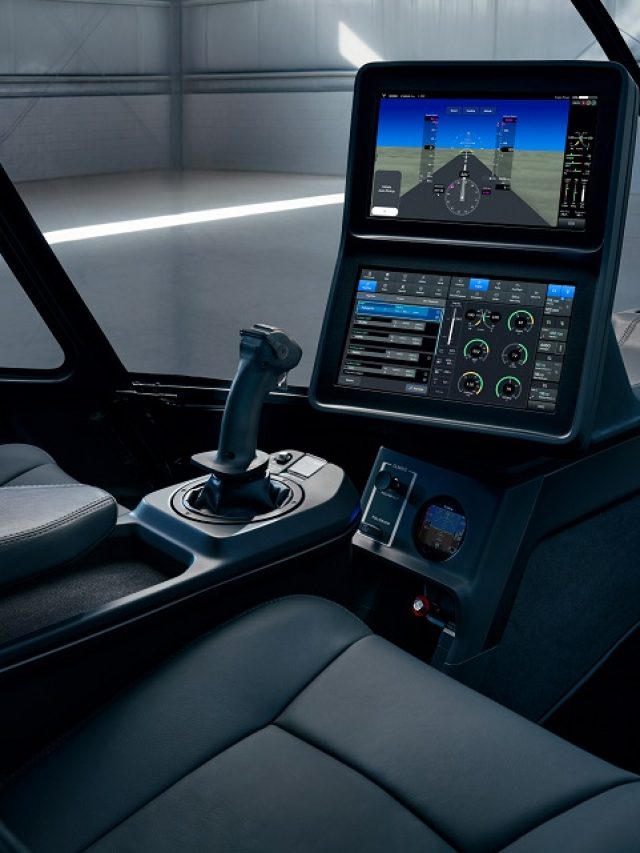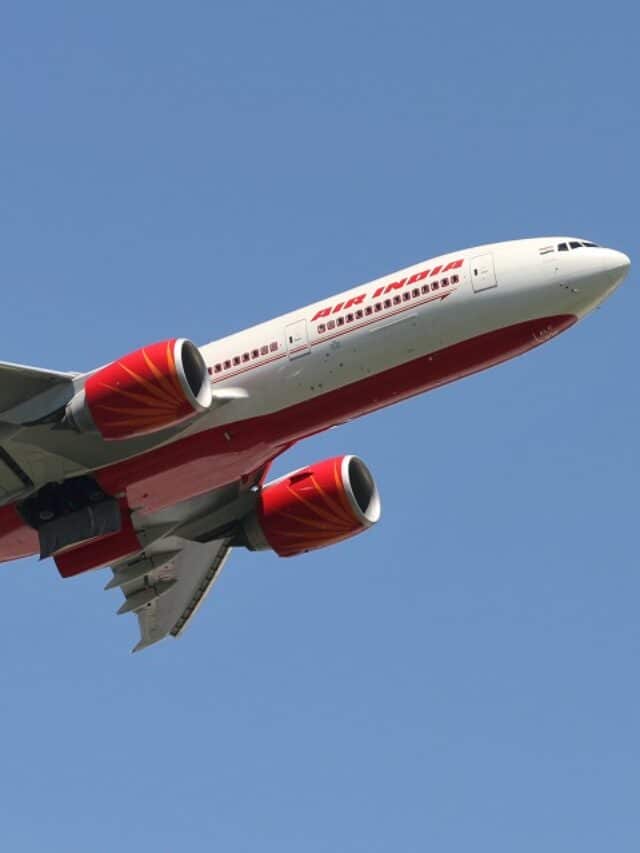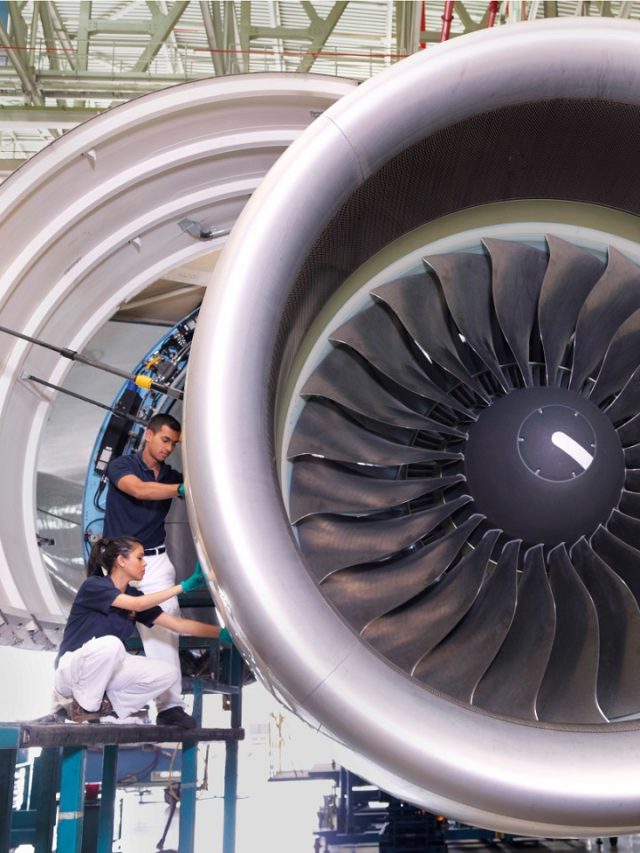Aviation
3 passengers sue Boeing, Alaska Airlines for $1 billion after door plug incident
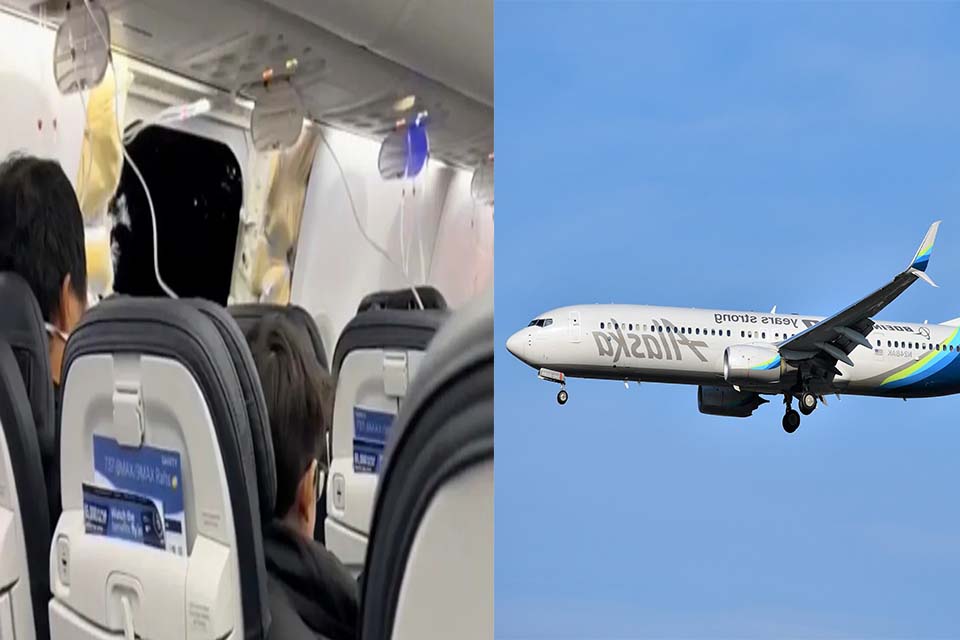
Three passengers who were aboard Alaska Airlines Flight 1282, which experienced a terrifying mid-flight incident when a portion of the aircraft blew off, have filed a lawsuit against Boeing and Alaska Airlines seeking $1 billion in damages.
The lawsuit alleges negligence on the part of both companies, citing a pressurization issue identified by alaska airlines before the incident. The plaintiffs, Kyle Rinker, Amanda Strickland, and Kevin Kwok, were among the passengers on the routine flight when the Boeing 737 side panel explosively detached, leading to depressurization inside the aircraft and causing air masks to deploy.
The incident, which occurred in early January, prompted an emergency landing at Portland International Airport (PDX). This lawsuit follows a class-action suit filed by four passengers and an amended lawsuit filed by an attorney representing an additional 22 passengers from the same flight, both alleging negligence against Boeing and Alaska Airlines.
The expanded lawsuit claims that further inspections should have been conducted before the aircraft was placed in service, and seeks to hold Boeing accountable for what the plaintiffs argue was a preventable incident.
Boeing CEO David Calhoun expressed regret for the disaster and acknowledged that hundreds of passengers’ and crew members’ lives were in danger due to the preventable accident. The lawsuit claims that not only was the tragedy avoidable but that many other boeing 737 Max 9 aircraft were also affected by the aircraft’s manufacturing flaws, which prompted the FAA to temporarily ground and inspect those planes.
The plaintiffs are suing Boeing for significant punitive damages, claiming that the incident caused them to suffer from severe panic, fear, and post-traumatic stress disorder. The lawsuit also refers to an NTSB preliminary report that stated the cockpit door was intended to blast open in the event of depressurization—a feature that pilots and crew were allegedly unaware of.

Aviation
Boeing, Antonov to Collaborate on Defense Projects

– MOU represents Boeing’s commitment to work with Ukrainian industry
– Includes exploring opportunities for collaborating on in-country support of Unmanned Aerial Systems
A Memorandum of Understanding was signed today by Boeing and Antonov Company to investigate potential collaboration on defense-related projects.
“We’re happy to keep collaborating with the Antonov Company to help Ukraine’s economic development and expansion,” stated Ted Colbert, CEO and president of Boeing Defence, Space, & Security.
Airbus and the Antonov An-225: The Best Partnership:Click here
“This agreement demonstrates our ongoing efforts to find more opportunities to work with Ukrainian industry, which was underscored by our signing of the Ukrainian Defence Industry Compact earlier this year.”
The areas of potential collaboration identified in the agreement consist of training, logistical support and overhaul services for tactical Unmanned Aerial Systems utilized by the Ukrainian Armed Forces, which includes the ScanEagle. In addition, the companies will also explore opportunities for Antonov to provide engineering support to Boeing.
The six largest cargo aircraft ever built in the aviation industry:Click here
“A strong, innovative, and efficient defense industry is key to sustainable economic development and national security, and we are extremely excited to collaborate with Boeing,” said Ievhen Gavrylov, CEO of Antonov Company.
This agreement brings a whole new level of opportunity to implement the latest and most effective solutions – in addition to the possibility of future projects with Boeing in the aerospace and defense industry.”
-

 Travel1 week ago
Travel1 week agoAir India to Expand US Operations with Three New Routes After a Decade
-

 Travel2 weeks ago
Travel2 weeks agoWhy We Should Avoid These Stamps in a Passport
-

 Airlines1 month ago
Airlines1 month agoInvestigations Reveal Fake Chinese Titanium in Boeing and Airbus Jets
-

 Tech4 weeks ago
Tech4 weeks agoChina’s CATL Plans 1,800-Mile Electric Plane Launch by 2027
-

 Airport3 days ago
Airport3 days agoTop 10 Largest Airports in the World by Size
-

 Aerospace4 weeks ago
Aerospace4 weeks agoChina’s Fighter Jets Turn Wings into Autonomous Drones
-

 Airlines4 days ago
Airlines4 days agoAir India Rolls Out A350s for Delhi-New York JFK and Newark Routes
-

 Defence3 weeks ago
Defence3 weeks agoBoeing Enhances Chinook with New Engines and Block II Upgrades at $96 Million

